Strategic Staffing: Harnessing the Potential of Temporary Workers
In today’s dynamic business landscape, organizations often face fluctuating demands, seasonal peaks, and project-based requirements. To meet these challenges effectively, companies are increasingly turning to strategic staffing, which involves the utilization of temporary workers. Temporary staffing provides businesses with the flexibility to scale their workforce as needed while harnessing the potential of these workers to achieve organizational objectives. In this article, we will explore the benefits of strategic staffing and how it can drive success in modern workplaces.
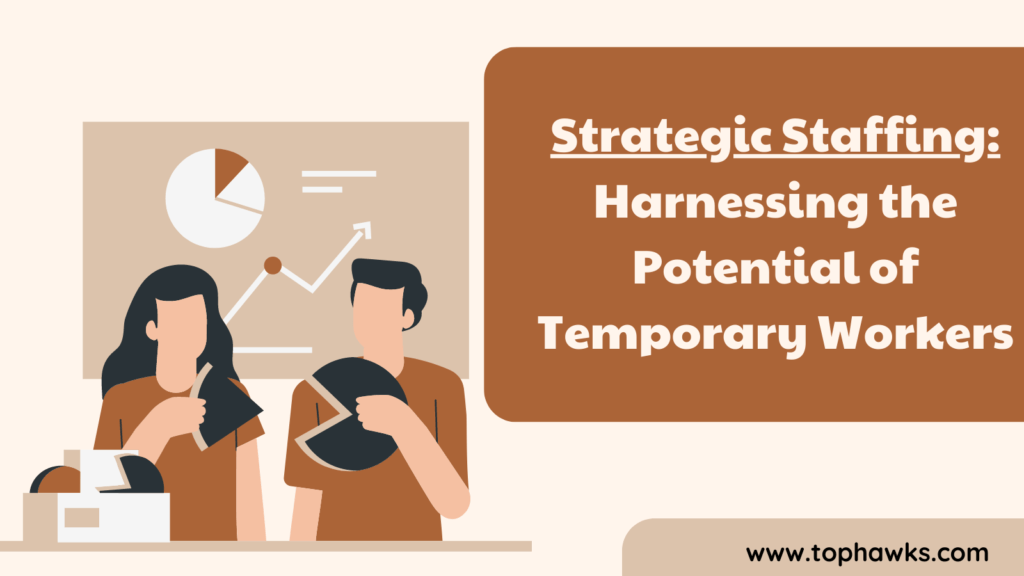
Table of Contents |
1. Introduction
In today’s fast-paced business environment, companies are constantly seeking innovative solutions to optimize their operations and remain competitive. Strategic staffing is one such solution that offers organizations the ability to adapt to changing needs efficiently. By integrating temporary workers into their workforce strategy, companies can achieve greater agility, cost-effectiveness, and access to specialized skills.
2. Understanding Strategic Staffing
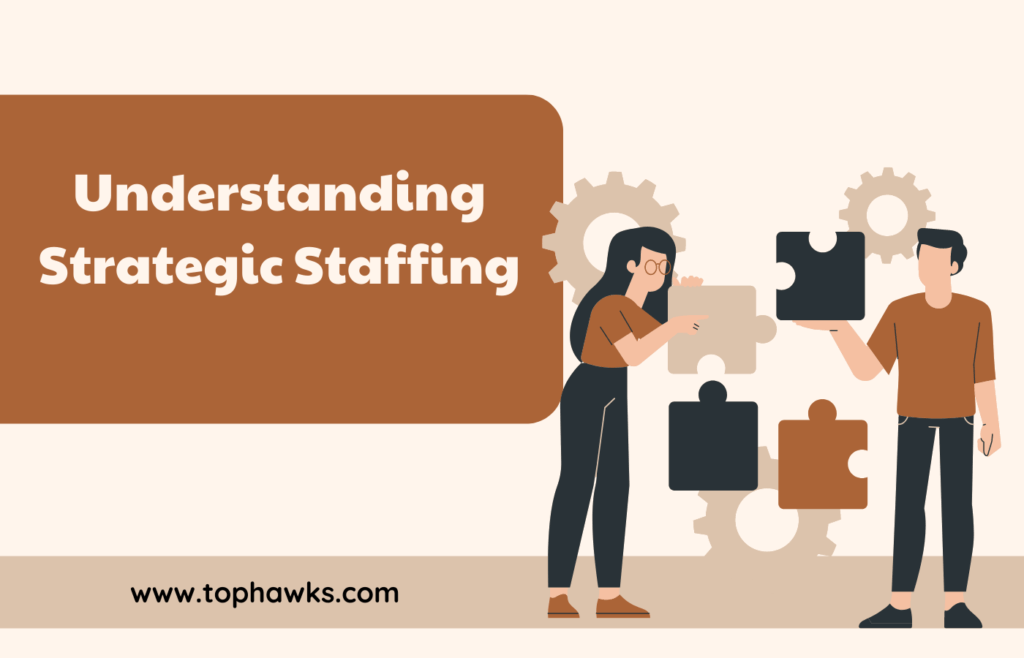
Strategic staffing involves the deliberate and planned utilization of temporary workers to fulfill specific roles within an organization. These workers, often referred to as contingent workers, can be sourced through staffing agencies or freelancers with specialized expertise. Strategic staffing goes beyond ad hoc hiring and focuses on aligning temporary workers with the organization’s goals and objectives.
3. Benefits of Strategic Staffing
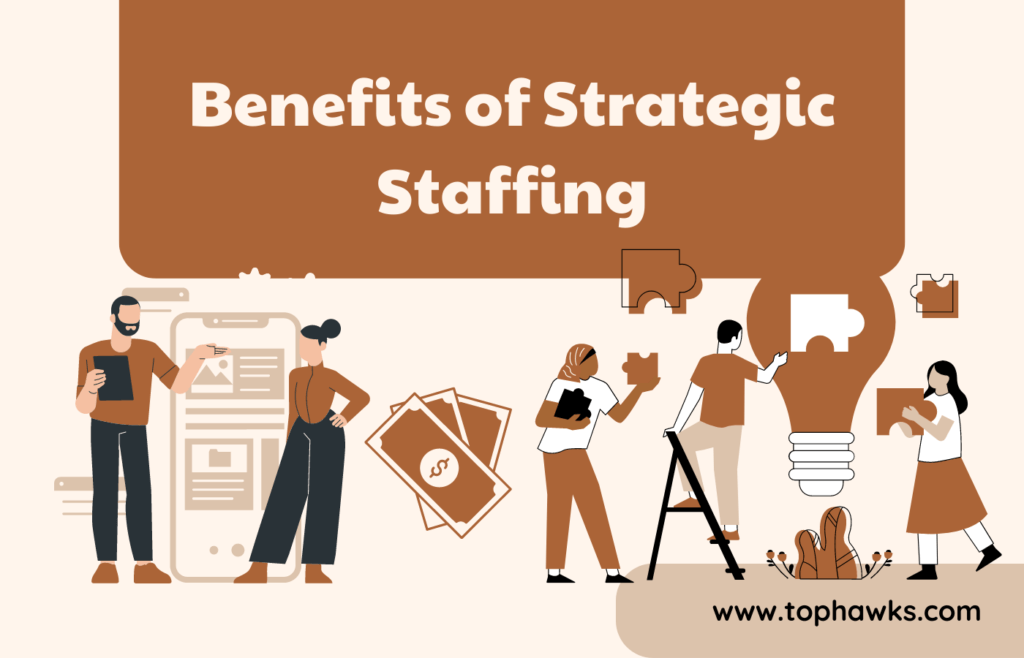
-
Flexibility and Scalability
One of the primary advantages of strategic staffing is the flexibility it offers to businesses. Temporary workers can be brought in during peak seasons or when there is a sudden surge in demand for specific projects. This flexibility allows organizations to adjust their workforce size according to market conditions, preventing overstaffing or understaffing situations.
-
Cost Efficiency
Strategic staffing can lead to significant cost savings for organizations. Hiring temporary workers eliminates the need for long-term commitments and associated expenses such as benefits, insurance, and retirement plans. It also reduces recruitment costs and the administrative burden of managing a large permanent workforce.
-
Specialized Skills and Expertise
Temporary workers often possess specialized skills and expertise that may not be available within the existing workforce. Organizations can tap into this talent pool to address specific projects or tasks requiring niche knowledge. By leveraging the expertise of temporary workers, companies can enhance their overall performance and deliver high-quality results.
-
Reduced Onboarding Time
Permanent hiring processes can be time-consuming, involving multiple rounds of interviews, background checks, and training. Strategic staffing allows organizations to quickly onboard temporary workers who are already equipped with the necessary skills and experience for the assigned tasks. This reduces the time and resources spent on the recruitment and onboarding process.
4. Implementing Strategic Staffing
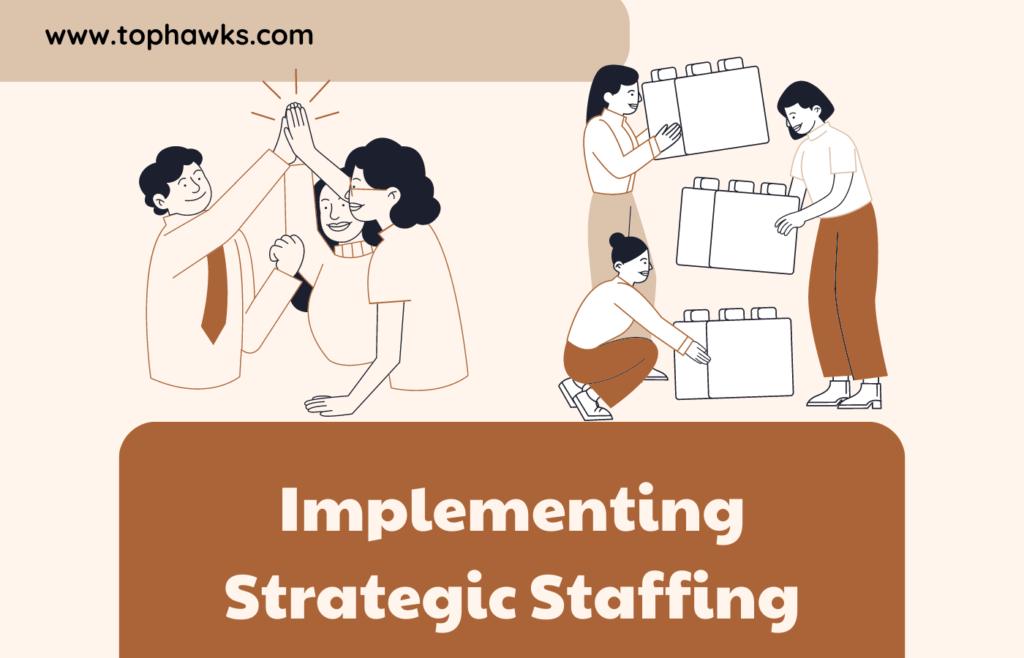
To successfully implement strategic staffing, organizations should consider the following key steps:
-
Assessing Workforce Needs
Before engaging temporary workers, it is crucial to assess the organization’s current and future workforce needs. This includes identifying skill gaps, workload fluctuations, and project requirements. By understanding these needs, businesses can strategically determine the number and type of temporary workers required.
-
Partnering with Staffing Agencies
Collaborating with reputable staffing agencies can simplify the process of finding and hiring temporary workers. Staffing agencies have access to a vast network of qualified candidates, making it easier to find individuals with the desired skills and expertise. These agencies handle the recruitment, screening, and initial onboarding processes, saving time and effort for the organization.
-
Developing Effective Onboarding Processes
To ensure a smooth transition for temporary workers, organizations should establish well-defined onboarding processes. This includes providing clear job descriptions, offering training if necessary, and facilitating integration into the existing team. By creating a welcoming environment and providing the necessary resources, organizations can maximize the productivity and satisfaction of temporary workers.
-
Cultivating a Positive Work Environment
Creating a positive work environment is essential for fostering collaboration and productivity among both permanent and temporary workers. Organizations should promote open communication, encourage teamwork, and recognize the contributions of all employees. By fostering a sense of belonging and inclusion, organizations can create a cohesive workforce that drives success.
5. Challenges and Mitigation Strategies

While strategic staffing offers numerous benefits, it also presents certain challenges that organizations must address. Here are some common challenges and strategies to mitigate them:
-
Maintaining Consistency in Quality
Temporary workers may lack the same level of familiarity with the organization’s processes and culture as permanent employees. To maintain consistency in quality, organizations should provide clear instructions, offer adequate training, and establish quality control mechanisms. Regular feedback and performance evaluations can also help temporary workers align their work with organizational standards.
-
Ensuring Effective Communication
Effective communication is crucial for the successful integration of temporary workers into the existing team. Organizations should establish clear lines of communication, encourage open dialogue, and leverage collaboration tools to facilitate remote or virtual team interactions. Regular team meetings and updates can help align temporary workers with the organization’s goals and objectives.
-
Managing Team Dynamics
Integrating temporary workers into an established team can sometimes disrupt team dynamics. To mitigate this challenge, organizations should promote a culture of inclusivity and teamwork. Encouraging social interactions, organizing team-building activities, and fostering mutual respect among all team members can help create a cohesive work environment.
-
Addressing Legal and Compliance Considerations
Organizations must ensure compliance with labor laws and regulations when engaging temporary workers. This includes proper classification, adhering to wage and hour regulations, and providing a safe working environment. Organizations should stay informed about legal requirements and consult legal experts or HR professionals to ensure compliance.
6. Success Stories: Realizing the Potential

Let’s explore a few real-life success stories where organizations have effectively harnessed the potential of strategic staffing:
-
Case Study 1: Retail Industry
A major retail chain faced challenges during the holiday season due to increased customer demand. By strategically staffing temporary workers, they were able to scale their workforce to handle the surge in sales. The temporary workers received focused training and seamlessly integrated with the existing team, resulting in enhanced customer service and improved operational efficiency.
-
Case Study 2: IT and Technology Sector
A software development company required specialized skills for a time-sensitive project. They leveraged strategic staffing by engaging freelance developers with expertise in the required programming languages. These temporary workers brought fresh perspectives and technical know-how, enabling the company to deliver the project on time and within budget.
-
Case Study 3: Event Management
An event management company regularly organized large-scale events throughout the year. By adopting strategic staffing, they had a pool of experienced event planners, coordinators, and support staff available for each event. This allowed them to efficiently handle varying event sizes and complexities, ensuring smooth operations and exceptional event experiences.
7. Future Trends in Strategic Staffing
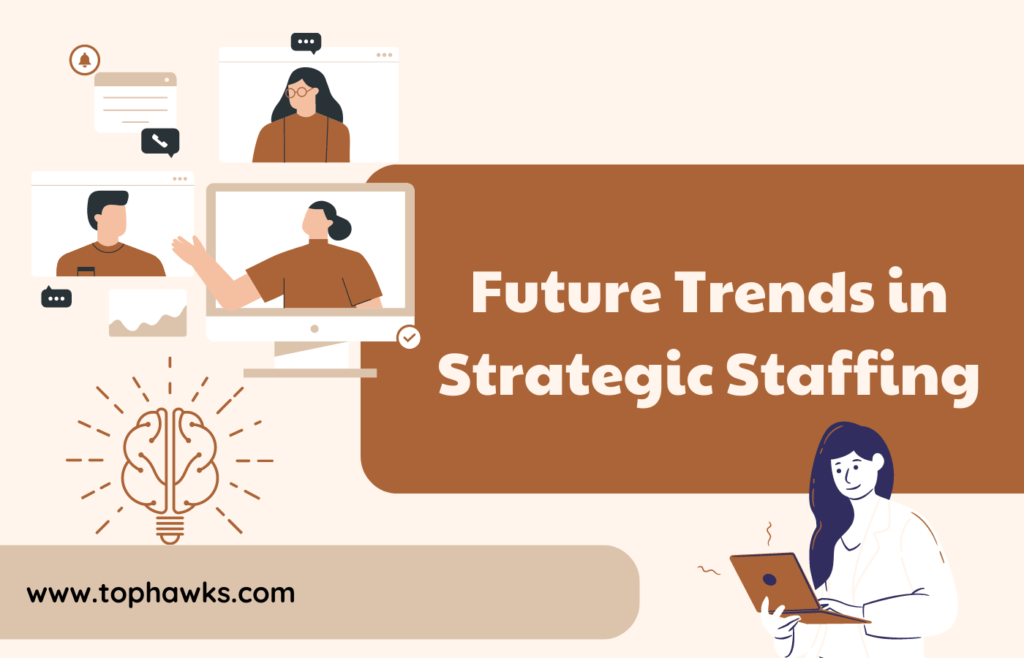
As the world of work continues to evolve, several trends are shaping the future of strategic staffing:
-
Gig Economy and Freelancing
The rise of the gig economy has revolutionized the way work is done. Freelancers and independent contractors offer organizations access to a diverse talent pool on a project-by-project basis. Strategic staffing will increasingly involve tapping into the gig economy to harness specialized skills, creativity, and flexibility.
-
Remote Workforce and Virtual Teams
The COVID-19 pandemic accelerated the adoption of remote work and virtual teams. Strategic staffing will embrace remote workers who can contribute to projects from anywhere in the world. Companies will leverage collaboration tools and technologies to seamlessly integrate temporary workers into virtual teams, enabling efficient collaboration and knowledge sharing.
-
Automation and Artificial Intelligence
Advancements in automation and artificial intelligence are reshaping the workforce landscape. Strategic staffing will involve integrating AI-powered tools and intelligent automation to augment the capabilities of temporary workers. This combination of human talent and technology will drive productivity, efficiency, and innovation in organizations.
Conclusion
Strategic staffing offers organizations a powerful tool to optimize their workforce and meet dynamic business demands. By effectively harnessing the potential of temporary workers, companies can achieve flexibility, cost efficiency, access to specialized skills, and reduced onboarding time. However, it is essential to address challenges, promote a positive work environment, and stay updated with future trends. Strategic staffing empowers organizations to adapt, grow, and thrive in today’s ever-changing business landscape.
Frequently Asked Questions(FAQs)

How can strategic staffing benefit small businesses?
Are temporary workers eligible for benefits?
What industries can benefit from strategic staffing?
Strategic staffing can benefit industries such as retail, healthcare, IT, hospitality, event management, and many others that experience seasonal or project-based fluctuations in demand.
How can companies ensure effective collaboration between temporary and permanent employees?
What role does technology play in strategic staffing?
Technology plays a vital role in strategic staffing by facilitating remote work, virtual team collaboration, and the integration of automation and artificial intelligence tools to enhance productivity and efficiency.
Trusted by 500+ Clients















Get in Touch
We are here for you, and we are wearing our thinking caps





